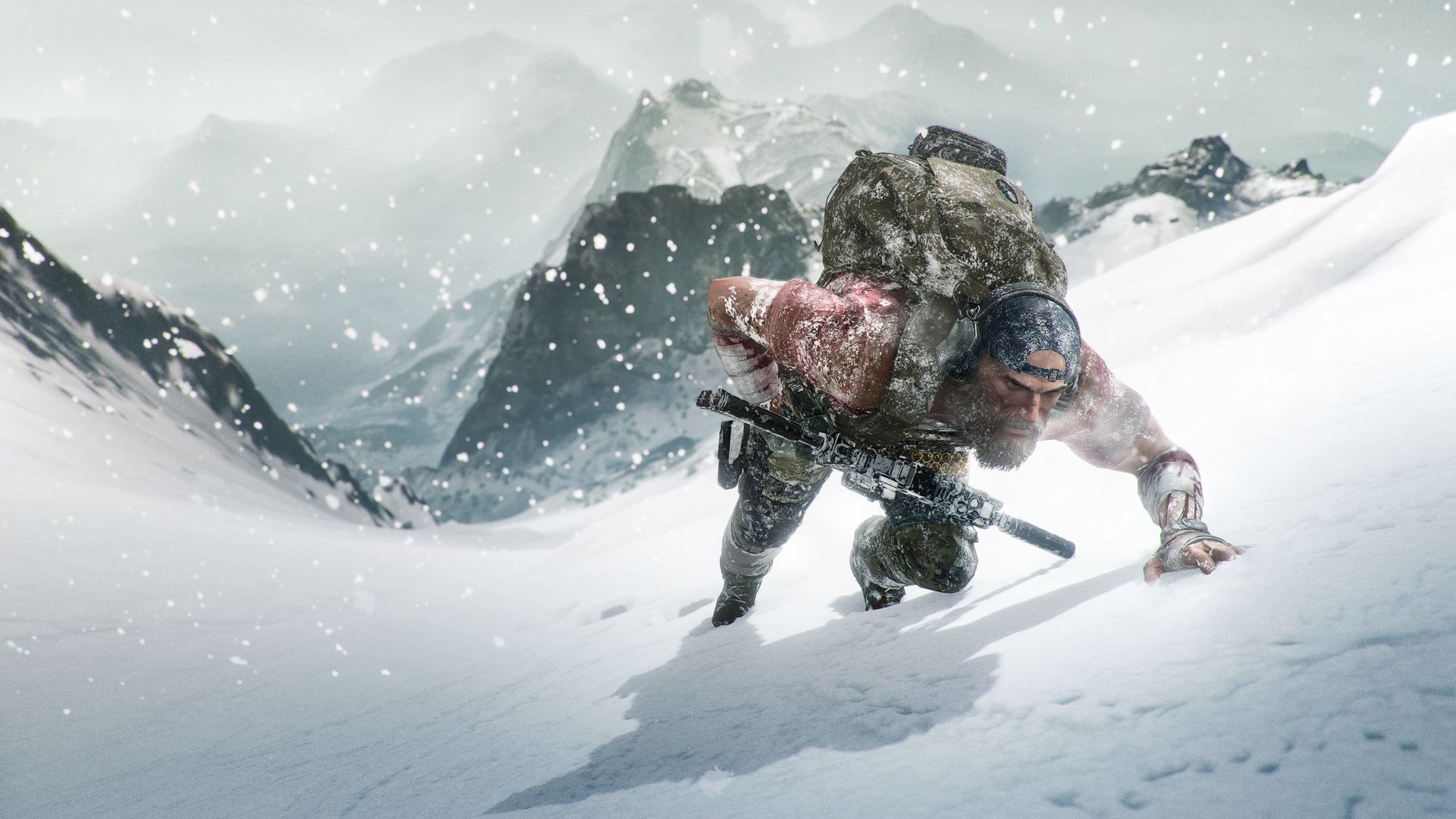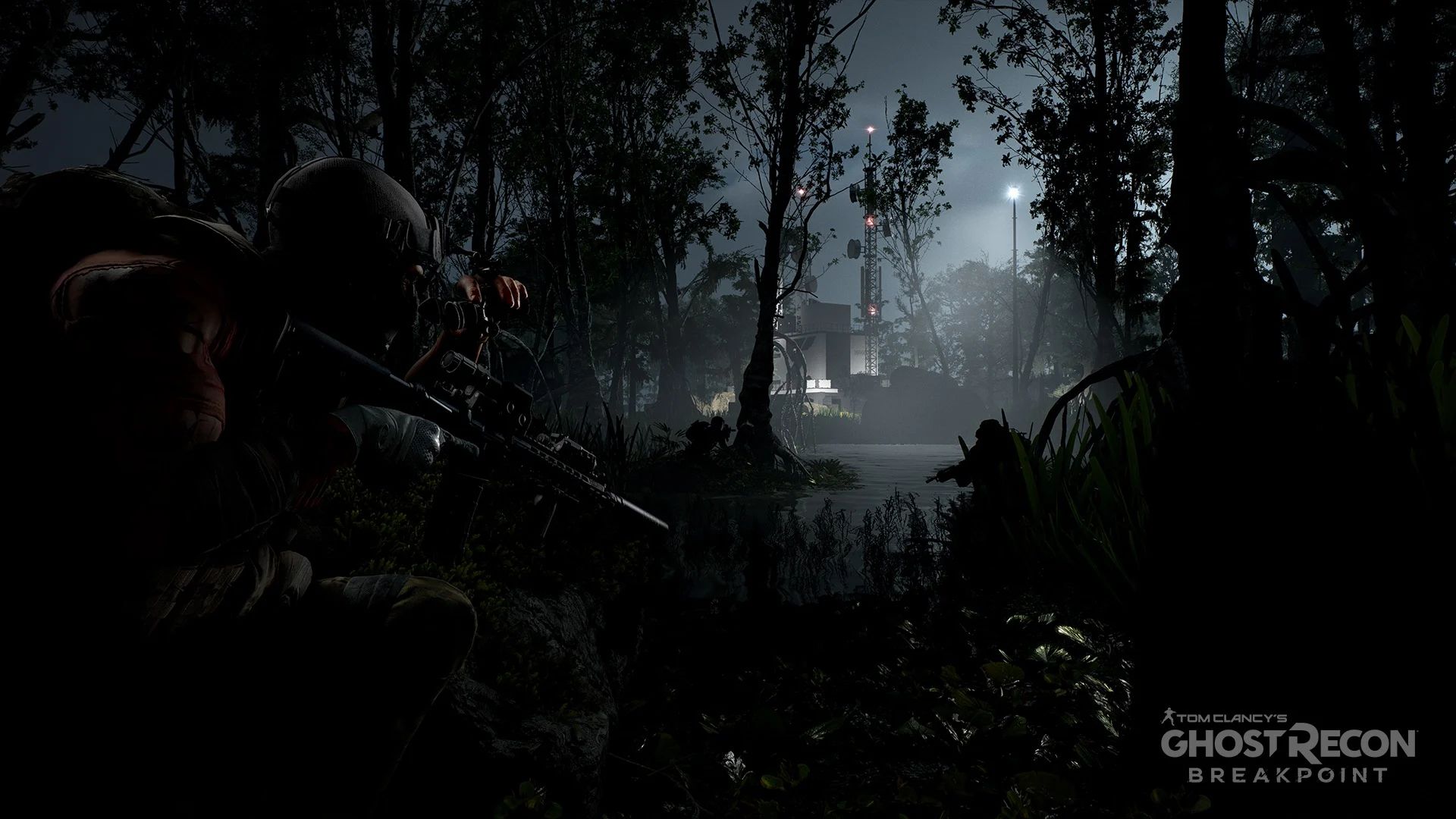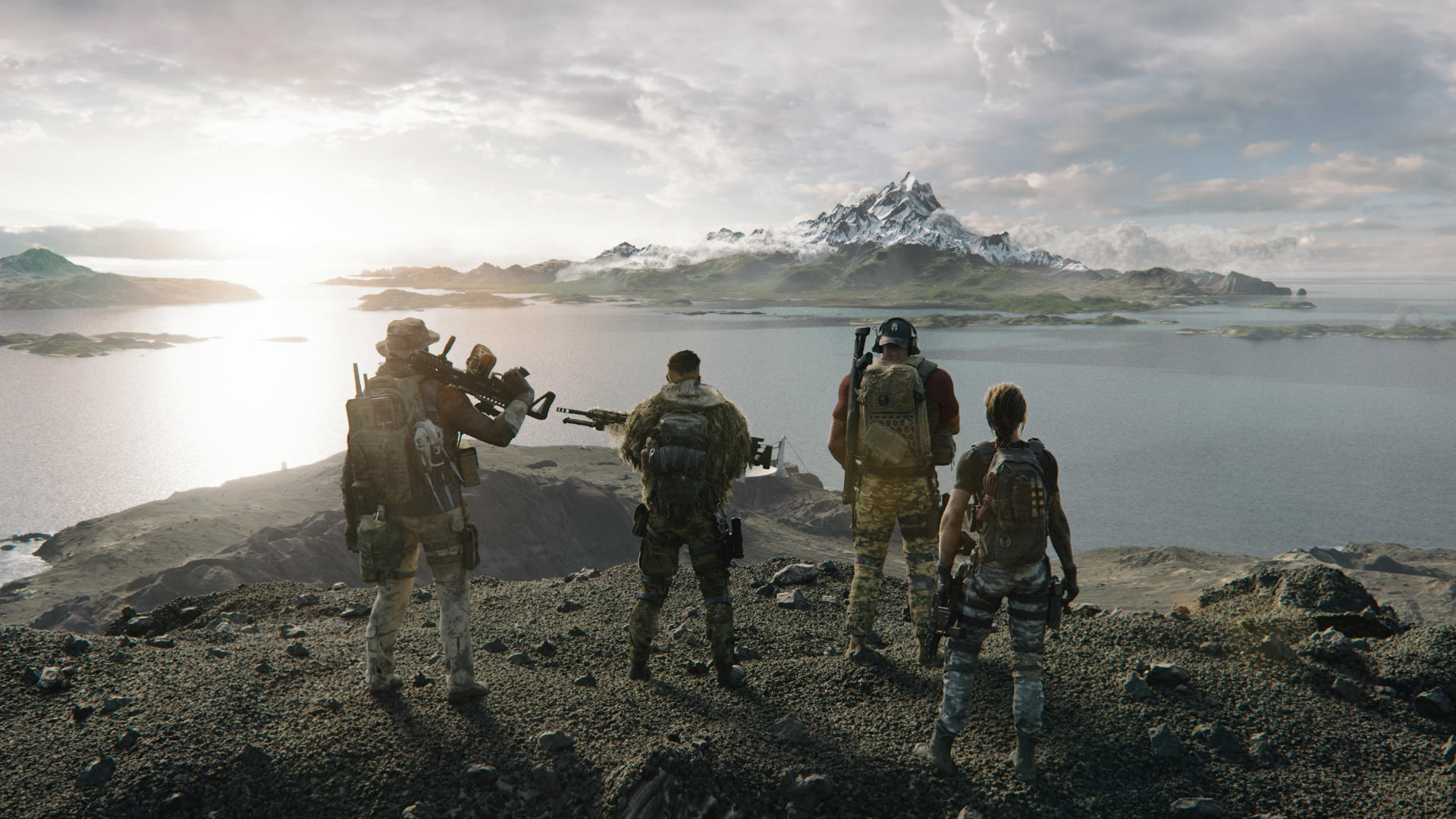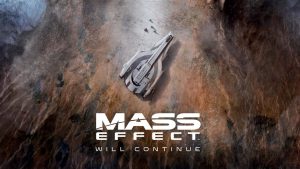
You really can’t talk about Ghost Recon Breakpoint without first discussing Ghost Recon Wildlands. Developed by Ubisoft Paris (with help from several other Ubisoft studios) and released in 2017, it and Assassin’s Creed Origins were some of the first open-world titles that began to showcase much larger spaces than Ubisoft’s earlier titles.
Wildlands went much further with stuffing its world with bloat and repetitive objectives, and while the story wasn’t anything special, it provided a decent enough set-up for players to hunt down cartel members.
Despite all of the issues, the presence of an AI squad, four-player co-op support, realistic weaponry and an assortment of content helped make it successful at launch. Ubisoft saw this and supported the game for years, adding new features like Ghost Mode and Tier 1, the option to play solo without teammates (remember this one), and paid DLC.
When it announced Ghost Recon Breakpoint, the publisher seemed to be set for success. It simply had to deliver the same compelling gameplay but with new objectives, tactical options, and a new map. Ubisoft Paris revealed a heavier emphasis on survival mechanics, like injuries and stamina management, but the biggest change was it being a solo experience. No AI teammates. The idea was to reinforce a feeling of isolation against overwhelming odds in the new setting of Auroa.
Fan backlash meant the developer had to promise AI teammates post-launch. Even then, the addition of loot elements also caused concern, especially with Ubisoft tossing this into more and more of its franchises over the years without any regard for whether they fit.
Cut to October 2019, and Ghost Recon Breakpoint was released to a disastrous response. Rife with bugs and performance issues, it was a terrible experience from top to bottom for fans and newcomers alike. Instead of an open-world tactical stealth shooter that fans had come to enjoy (even though Wildlands is a distinct step down from previous Ghost Recons), they were given some faux-looter shooter with a social hub.
The gameplay was dumbed down; the survival elements meant almost nothing; the story was horrendous; the enemy AI was a joke when it wasn’t downright atrocious; Auroa as a location felt barren and boring – the list went on. That’s before getting to the microtransactions or, once again, how utterly insignificant the addition of loot and Gear Level was to the overall experience.
But don’t take our word for it. Ubisoft stocks plummeted following its release, and CEO Yves Guillemot confirmed that sales for the title were disappointing. Shortly after its release, Ubisoft Paris acknowledged feedback and fan disappointment before announcing plans to revamp the game into something more akin to its predecessor.
Live support for Ghost Recon Breakpoint ended in April 2022. While Ubisoft added NFTs to the title with its ineptly handled Ubisoft Quartz, the development team is working on an unannounced project. Rumors circulated about a new single-player-focused Ghost Recon being in development. However, after Ubisoft Bucharest’s Ghost Recon Frontline was cancelled, there’s been no word on this.
So whether you pointed and laughed at the game’s release in 2019 or spotted the game recently on Steam, the question is: Is Ghost Recon Breakpoint fixed? More importantly, is it even worth playing? The answer to both these questions is actually yes. While it won’t capture the feel of Wildlands’ setting, Ubisoft Paris released several free updates over the years, improving and revamping the experience in several ways.
It first introduced some changes to the Gunsmith, which allowed players to choose different firing modes for their weapons, like single fire, full auto, additional burst, and automatic fire, depending on the weapon type. It also added new scopes, muzzle flashes and attachments like GL M203 Grenade Launcher and Extended Magazines, increasing the amount of customization.
In 2020, the developer followed up on its promise and brought back AI teammates. They could be enabled or disabled (for those who still preferred a solo experience) and issued commands. Due to their patchwork nature, they’re never referred to in the story and don’t provide much by way of banter. But hey, they’re there, and the game is a far better experience than without them.
By now, the game had also seen two Live Events, and while the first is notable for, well, adding Terminators (don’t ask), the second, Resistance, is more significant. It added new mission types like hostage rescue, convoy ambush and so on, as players strengthened the presence of rebels on Auroa through new faction missions.
Over time, the Gunsmith would see further modifications like new Custom Stocks, Shared Stocks, Under-Barrel Grenade Launchers, Barrels, etc. The first and only raid, Project Titan, received some interesting new features. Players could explore its location, Golem Island, to discover settlements and complete missions. Best of all, players could discover raid gear during all this. Those who enjoyed co-op had a new Threat: Critical difficulty with a tougher boss, higher enemy health and weekly modifiers, but with four unique weapons available to earn.
All this would pale next to the biggest and most significant update – the Ghost Experience. It added new gameplay features like cooking grenades, cleaning weapons, picking up mines and C4 placed by Ghosts, deciding whether syringes could heal injuries (or not, thus increasing how punishing they were), and much more. Darkest Night created some of the darkest settings in the series and made NVG so much more important. Players also dealt more damage from stealth, making it much more important, while enemy AI was shored up and improved to feel more realistic.
The sheer range of options and quality-of-life features is also worth noting. You could finally turn off Gear Level, turning this into a much closer experience to Wildlands, and adjust whether previous event elements, like rebels and Terminators, appeared in the world.
Don’t want to deal with drones outside of story missions or when destroying Behemoths? Turn them off, which is also possible with helicopter patrols and Azraels. Suffice it to say that the Ghost Experience is really where the tide started to turn for Breakpoint, though constant updates to address crashes and other bugs shouldn’t be glossed over.
Ubisoft Paris would continue releasing new rewards and a new collaboration event in 2021, this time with Rainbow Six Siege, which introduced three Operators that could act as AI teammates. You had new mission types, like investigating zones with toxic gas and breaching buildings to assail enemies.
However, the next major update arrived a few months later with Teammate Progression, allowing you to unlock new upgrades for each AI teammate, from unique abilities to passives. Completing challenges garnered additional cosmetics while also garnering XP for teammates, and character textures were overhauled to look more appealing.
Of course, many will notice that Auroa, and the story, as a whole, was still the same boring mess that players didn’t enjoy at launch. Operation Motherland addressed this and provided a massive new mode called Conquest that was more in line with Wildlands’ campaign. Instead of following the original game’s story, you now traverse each region and freed them from the Bodarks (who first debuted in the Red Patriot DLC). Even Karen Bowman returned to lend her aid.
Over 60 new missions were added, which players could complete in any order they wished to free each region. It also added Optical Camo for turning invisible for brief periods, with unlockable chests to improve efficiency; a new level cap of 99; weapon mastery; unique weather scenarios daily; and new cosmetic rewards. It’s not quite A Realm Reborn, but it provided an alternative campaign for players to enjoy without being railroaded into any one path.
While Ghost Recon Wildlands is still recommended due to the sheer strength of the overall package, Ghost Recon Breakpoint is no longer the cursed follow-up it was at launch. It still suffers from plenty of bugs and glitches, Auroa still isn’t all that interesting of a location, and it’s always online (Wildlands has an offline option), so you’re at the mercy of servers. Nevertheless, if you ever see it on sale and enjoy Wildlands, it may be worth checking out, even if it did take several years to get to this point. Here’s hoping the next Ghost Recon is a more solid experience out of the gate.
Note: The views expressed in this article are those of the author and do not necessarily represent the views of, and should not be attributed to, GamingBolt as an organization.



















